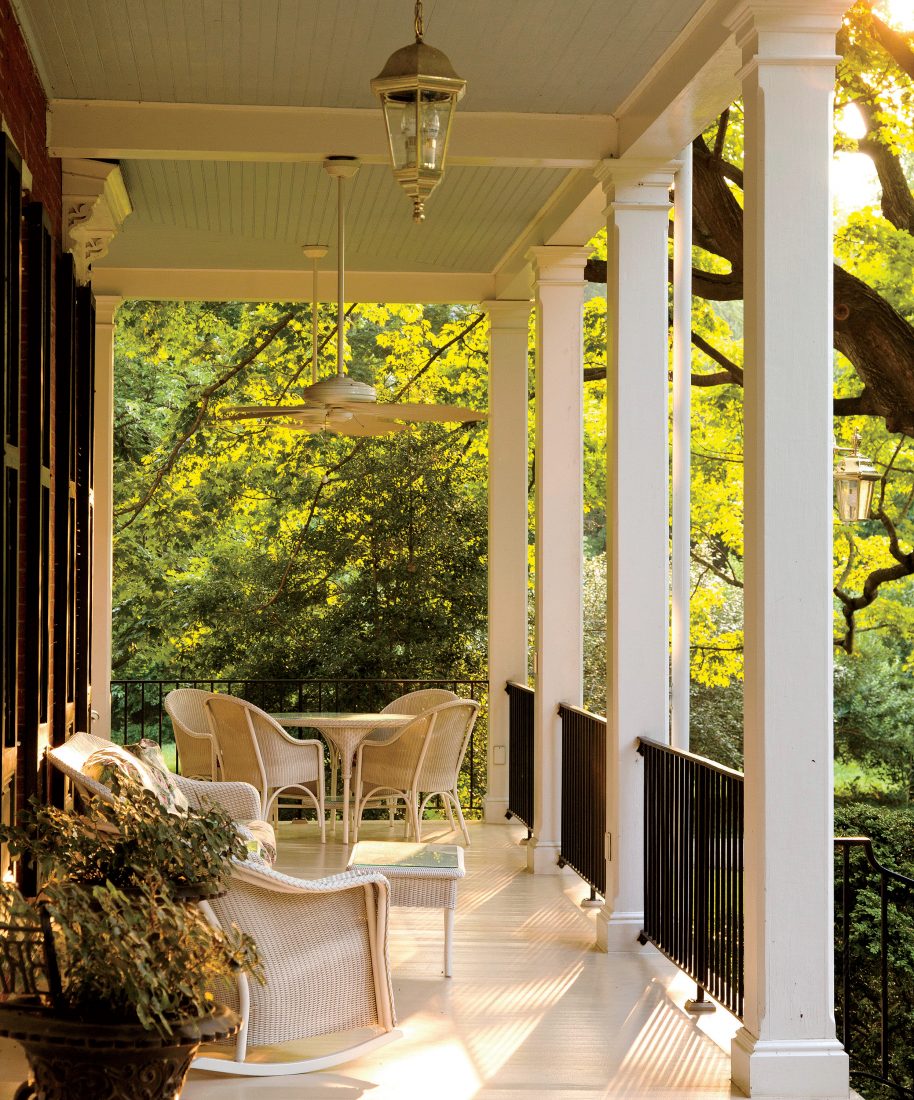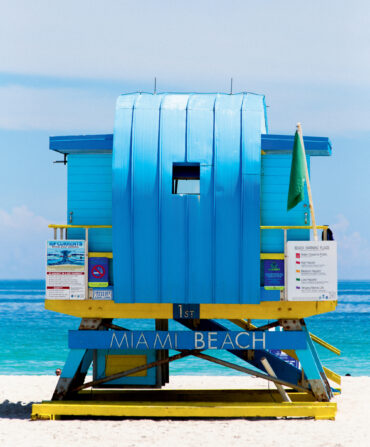Population: 5,277
Drive Time: Ninety minutes northeast of Washington, D.C.; eighty minutes southeast of Baltimore
George Washington slept here—several times. Jefferson, Madison, and Patrick Henry passed through. In the 1700s, as schooners and sloops built in these parts sailed down the Chester River and to faraway ports, local planters and merchants prospered, erecting grand manor houses that still saturate Chestertown with potent colonial charm. History lives along these brick sidewalks and sycamore-lined streets, on the edge of the Chesapeake Bay. Every May, townsfolk reenact the 1774 Chestertown Tea Party, a patriotic tea dumping akin to Boston’s (that may not have actually taken place, though no one seems terribly concerned).

Photo: Bernadette Bowman
On the Waterfront
Historic homes along the Chester River.
Today, Chestertown blends Main Street friendliness with a cultural richness you might not expect in a rural county whose population has remained stable since the Revolution. Washington College fuels the town’s literary and cultural life. Cycling, paddling, birding, and waterfowl hunting are everyday pastimes, and Eastern Shore lifers and recent arrivals seem to coexist seamlessly.
The 24-Hour Agenda: Rise, shine, and dine on pain au chocolat at Evergrain Bread Company, an artisanal bakery run by Douglas Rae, a Johnson & Wales–trained local boy. Then meander through town to ogle architectural jewels, starting at the Historical Society of Kent County, headquartered at the Geddes-Piper House, a 1783 Georgian museum and the launching point for walking tours through blocks of painstakingly restored Federals, Italianates, and Queen Annes.
The homegrown arts scene is flourishing: At Hegland Glass, Dave and Patti Hegland fuse hand-cut strips of glass into luminous bowls and dishes; Robert Ortiz crafts Shaker- and Japanese-inspired wooden furniture; Chester River Press produces exquisite books, such as a limited edition of Joseph Conrad’s Heart of Darkness illustrated by an area artist and hand bound in goatskin. Several shops are locally rooted—such as Bookplate for vintage reads (heavy on Chesapeake and maritime history) and Treasures Re-Found for carved decoys and just about everything else. At the seasonal Saturday farmers’ market in Fountain Park, you’re likely to find not only fresh produce but also cut flowers, chainsaw sculptures, and alpaca yarn sourced from a Chestertown herd.
Weather permitting, get out on the river; the Sultana Education Foundation offers kayak tours and, every few weeks, Saturday voyages for the general public on its flagship, a volunteer-built replica of an eighteenth-century British navy schooner. Come dinnertime, go with crab cakes or pan-seared rockfish at Lemon Leaf Cafe; linger over a nightcap at the adjoining JR’s Past Time Pub, with live music some evenings. Hungry for more vintage splendor? Book a room at Brampton Bed and Breakfast Inn, a mile outside the historic district, an 1860 manor house with a wraparound porch, manicured gardens, and a first-rate afternoon tea.
Meet the Locals: “You have the best of both worlds,” says Drew McMullen, cofounder and president of the Sultana Education Foundation. “You have a rural idyllic place but also a lot of vibrant, talented people.” Since its launch in 2001, Sultana’s programs have reached more than 200,000 students. The foundation breaks ground this summer on its LEED Platinum–certified education center in the historic district.
On South Queen Street stands a two-story wood-frame building that, although neither as old nor as grand as many of the town’s showpieces, has a backstory second to none. The Charles Sumner Post #25 of the Grand Army of the Republic was built in 1908 by African American veterans of the Civil War, and was long a gathering place for Kent County’s black community; Ella Fitzgerald once sang there. The house’s renovation was completed last year, and it now hosts concerts, film festivals, and other events. “The building is reweaving itself into the cultural fabric of Chestertown,” says Robert Earl Price, the post’s artistic director, who is also a playwright, poet, and writer-in-residence in Washington College’s drama department. “The community is healthier for its existence.”








